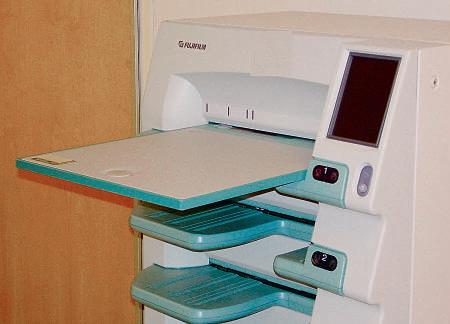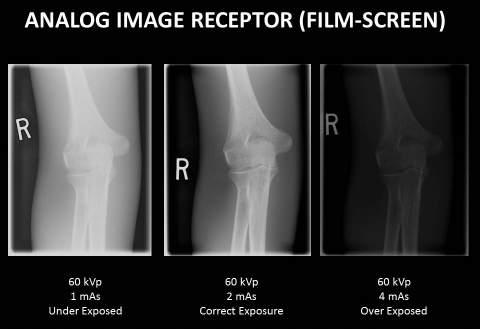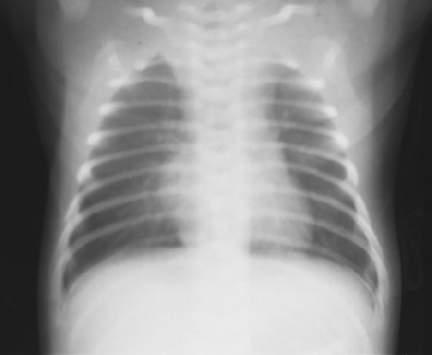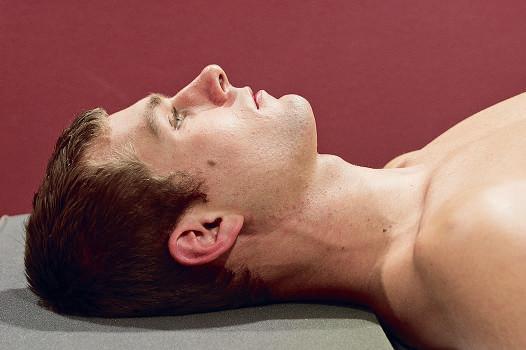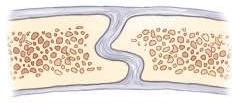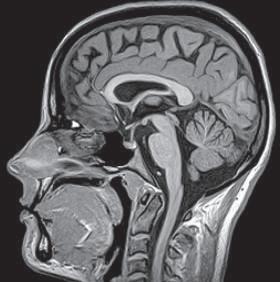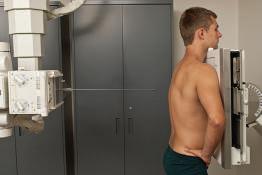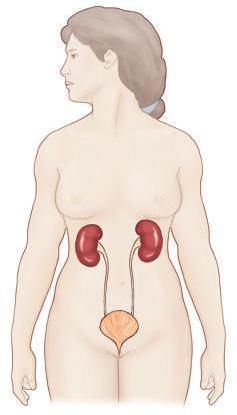Terminology, Positioning, and Imaging Principles C H A P T E R 1
3
PART ONE: TERMINOLOGY AND POSITIONING GENERAL, SYSTEMIC, AND SKELETAL ANATOMY AND ARTHROLOGY General Anatomy
Anatomy is the study, classification, and description of the structure and organs of the human body, whereas physiology deals with the processes and functions of the body, or how the body parts work. In the living subject, it is almost impossible to study anatomy without also studying some physiology. However, radiographic study of the human body is primarily a study of the anatomy of the various systems with less emphasis on the physiology. Consequently, anatomy of the human system is emphasized in this radiographic anatomy and positioning textbook.
Atoms
Molecule Cell
NOTE: Phonetic respelling* of anatomic and positioning terms is included throughout this text to facilitate correct pronunciation of the terms commonly used in medical radiography.
STRUCTURAL ORGANIZATION Several levels of structural organization make up the human body. The lowest level of organization is the chemical level. All chemicals necessary for maintaining life are composed of atoms, which are joined in various ways to form molecules. Various chemicals in the form of molecules are organized to form cells.
Tissue
Organ
Cells
The cell is the basic structural and functional unit of all living tissue. Every single part of the body, whether muscle, bone, cartilage, fat, nerve, skin, or blood, is composed of cells. Tissues
Tissues are cohesive groups of similar cells that, together with their intercellular material, perform a specific function. The four basic types of tissue are as follows: 1. Epithelial (ep˝-i-the′ le-al): Tissues that cover internal and external surfaces of the body, including the lining of vessels and organs, such as the stomach and the intestines 2. Connective: Supportive tissues that bind together and support various structures 3. Muscular: Tissues that make up the substance of a muscle 4. Nervous: Tissues that make up the substance of nerves and nerve centers
System
Organs
When complex assemblies of tissues are joined to perform a specific function, the result is an organ. Organs usually have a specific shape. Examples of organs of the human body are the kidneys, heart, liver, lungs, stomach, and brain.
Organism (10 systems)
System
A system consists of a group or an association of organs that have a similar or common function. The urinary system, consisting of the kidneys, ureters, bladder, and urethra, is an example of a body system. The total body comprises 10 individual body systems. Organism
The 10 systems of the body when functioning together make up the total organism—one living being.
*Mosby’s medical dictionary, ed 8, St. Louis, 2009, Mosby.
Fig. 1-1 Levels of human structural organization.
1





